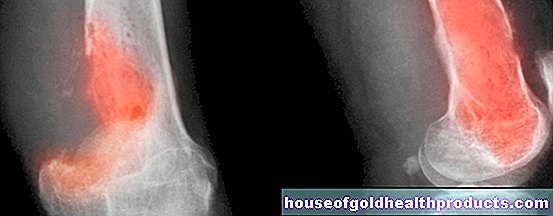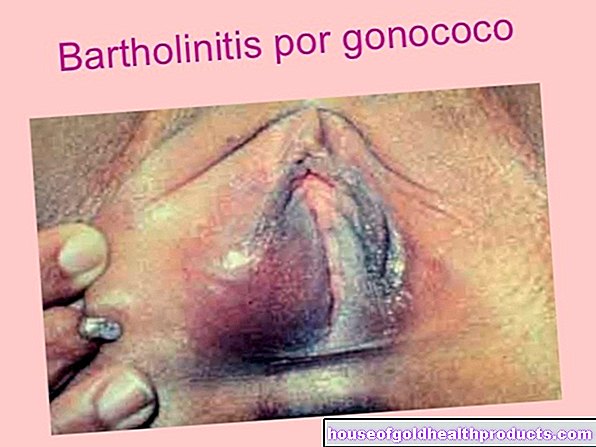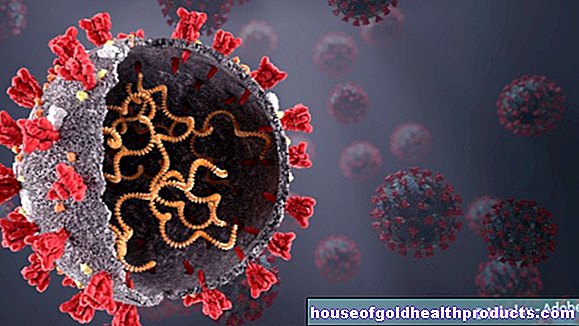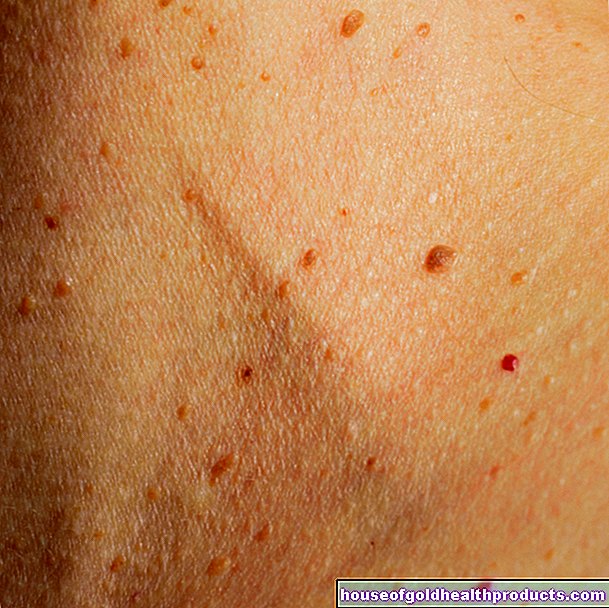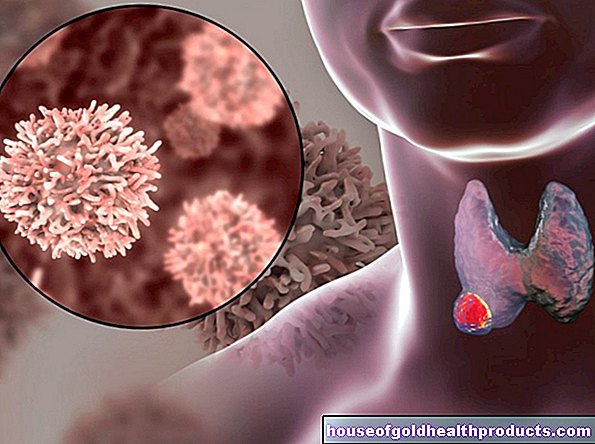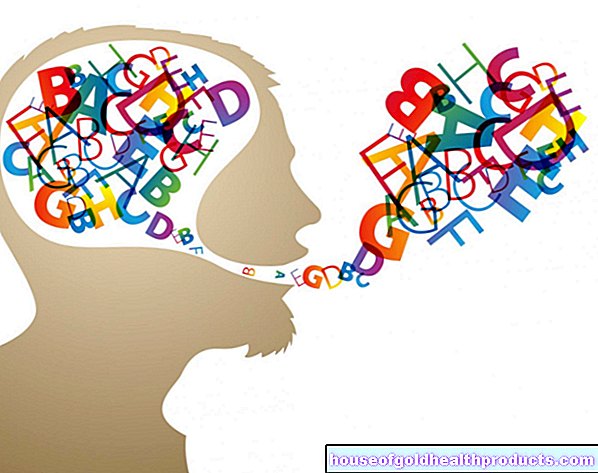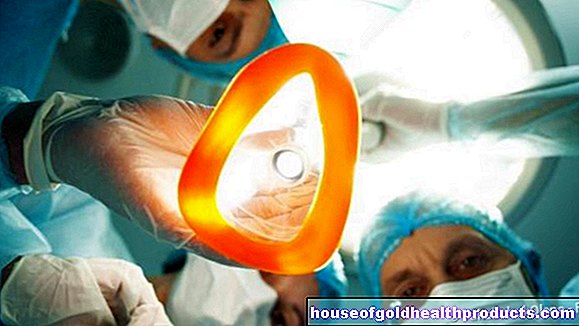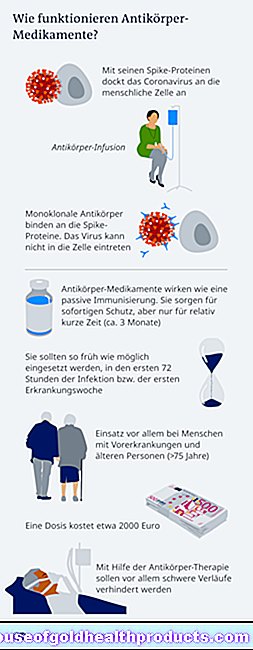Homosexuality is reflected in the genome
All content is checked by medical journalists.There is no such thing as a gene that makes people gay. This can already be seen from the fact that of identical male twins sometimes one loves women and the other loves men. Nevertheless, differences in the genome can be determined - not directly in the genes, but in the switches that activate or mute them. The sexual orientation of men can partly be predicted on this basis.
The human genome comprises around 40,000 genes - but only some of them are active. This is ensured by so-called methyl groups, molecules that dock onto the DNA strand and prevent a certain section of the code from being read. They work in a similar way to a switch that turns genes on or off.
Epigenetic imprint
Such methyl groups have long been the focus of research interest. Because unlike the DNA itself, which is only changed by mutations or damage, the methyl groups are very flexible. Among other things, they depend on environmental influences. For example, a healthy lifestyle can cause genes associated with certain diseases to be silenced and vice versa. Scientists refer to this process as "epigenetic imprinting".
US researchers have now found that sexual orientation can also be read off in epigenetic factors. To do this, they compared the methyl group patterns of 37 identical male twin pairs, of which only one brother was homosexual.
"That was quite a challenge, because the epigenetic patterns in identical twins are also very similar," says study leader Tuck C. Ngun from the University of California in Los Angeles. Because twins not only have almost identical genes, they were also exposed to the same conditions in the womb and usually grow up in the same household - all factors that influence the epigenetic character.
"The great similarities and the enormous amount of data made it difficult for us to identify differences between the twins and to determine which of them shape the sexual orientation," explains Ngun.
Algorithm with predictive power
To cope with this, the scientists developed a special algorithm. With its help, they tracked down nine regions distributed across the entire genome, based on which the sexual orientation could be determined with 70 percent accuracy. The researchers are currently testing the predictive power of the algorithm in a larger, less uniform test group. "To the best of our knowledge, this is the first example of a model for predicting sexual orientation based on molecular markers," says Ngun.
Why we are who we are
How DNA methylation in these sections affects sexual preference needs further research. It is also open which factors cause the epigenetic differences.
"Sexual orientation is such a fundamental part of life that we still know very little about at the molecular level," explains Ngun. "I hope our research helps us to understand ourselves better - and why we are the way we are." (Cf)
Source: American Society of Human Genetics (ASHG) 2015 Annual Meeting in Baltimore: Tuck C. Ngun: Epigenetic Algorithm Accurately Predicts Male Sexual Orientation, Thursday, October 8, 2015
